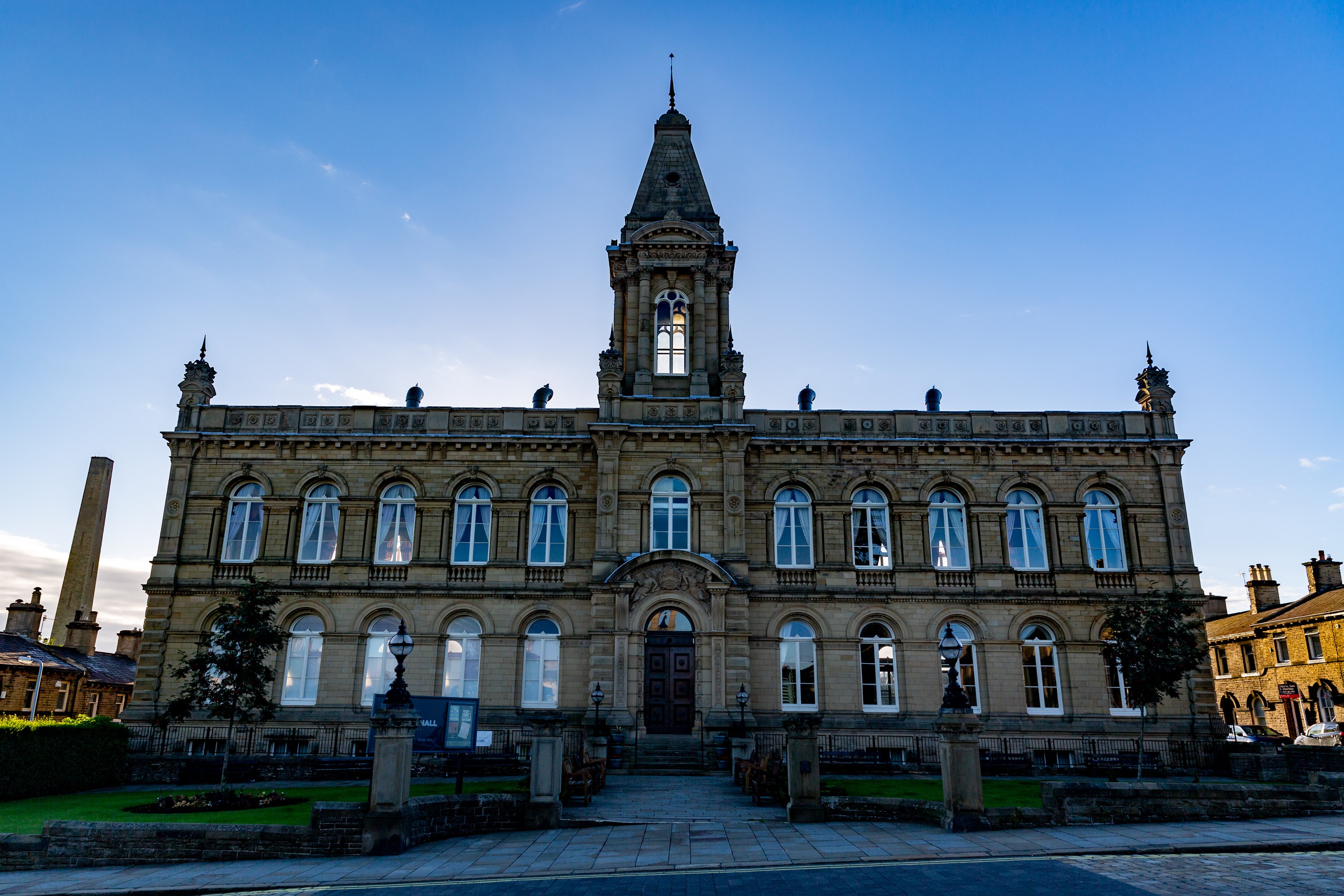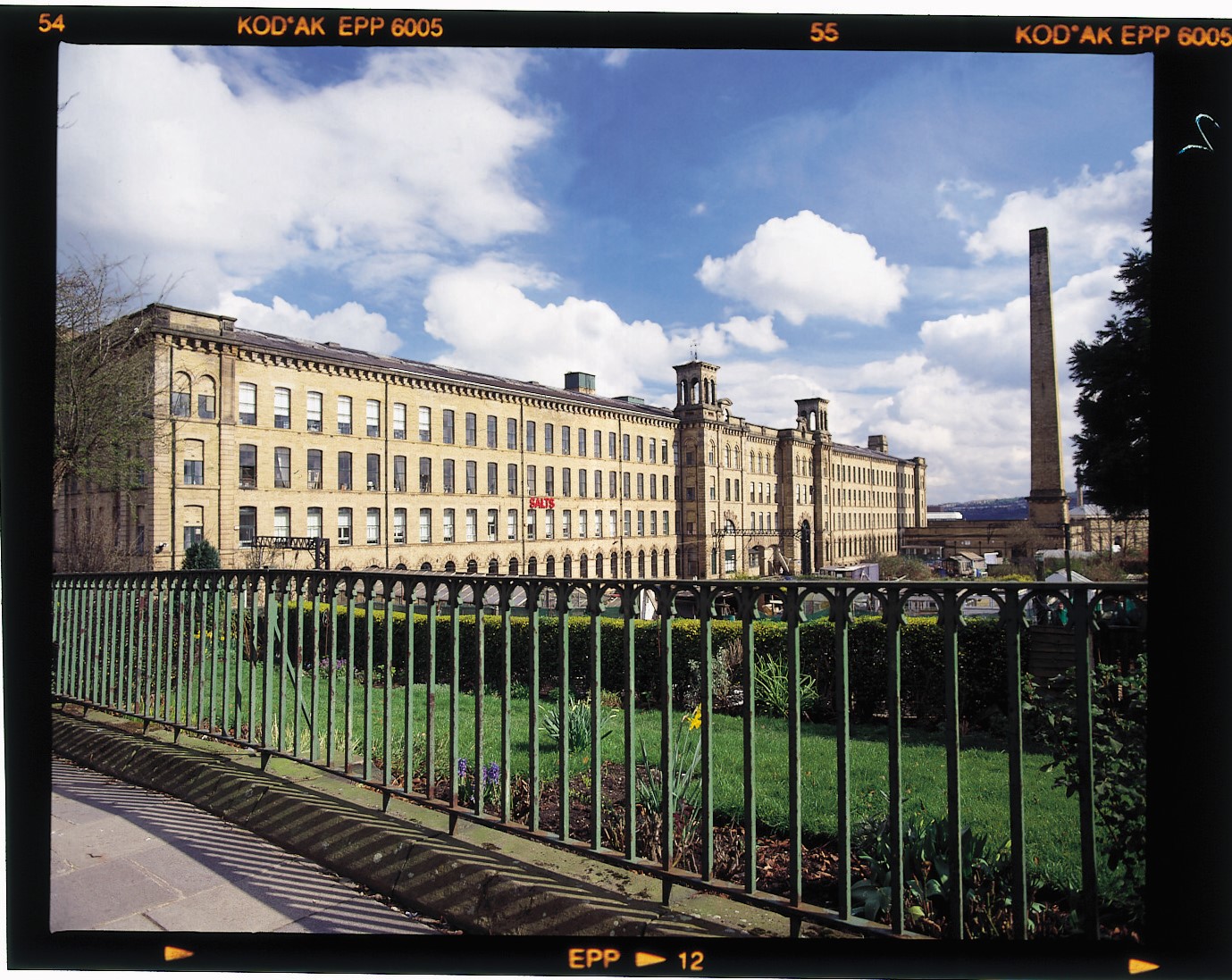Saltaire Inspired, UK
Building on the creativity of the local community, blending heritage, the arts, diversity and inclusivity.
Region: West Yorkshire
- CREATIVELY DETERMINED
- VIBRANT CULTURE
- ACTIVE COMMUNITY
Type of organisation leading the larger local innovation ecosystem
Saltaire Inspired co-creates art events within the unique historical & contemporary context of Saltaire Industrial Village, a UNESCO World Heritage Site. We involve residents, schools, community groups & businesses, ensuring cultural experiences for all who live, work & visit Saltaire.
Main challenges related to cultural tourism
Saltaire Village as a World Heritage site is not as well known regionally and beyond as a cultural destination, and there is limited understanding by locals and visitors of the reasons for its UNESCO status. Equally, those who do visit, tend not to extend their stay or explore cultural attractions in the wider district, such as Bradford Industrial Museum, Cartwright Hall or Cliffe Castle for example - all gems within a short distance of each other.
For Saltaire Inspired, Bradford, being part of the Be.CULTOUR Community means we can share and develop more co-creative and innovative ways to build relationships with our local and wider communities to generate effective circular cultural tourism experiences in places of Industrial Heritage.
Photo credit: Visit Bradford
Current strategic planning
The wider district of Bradford has just launched a ten year cultural strategy ‘Culture is Our Plan’ committed to building on the creativity of the local community, blending heritage, the arts, diversity and inclusivity. Bradford is one of the youngest cities in Europe, and there is an energy to nurture community-driven sustainability and human-centred approaches to re-create and re-design impactful cultural experiences.
Ideas and future perspectives
As an Industrial Heritage site in a northern city with many challenges, we are keen to develop a more coordinated approach to a circular cultural offer of cultural experiences, venues and organisations in and beyond Saltaire. With our emerging co-collaborators in Västra Götaland, (Sweden), we are keen to build on innovations and create a networked approach to build a community of practice and Be.CULTOUR provides an excellent international impetus for us to connect, learn and co-create together.
Cultural heritage asset description
Saltaire
Saltaire, located 3 miles from the centre of Bradford, became a World Heritage Site in 2001. Established in 1851, Saltaire derives from Sir Titus Salt (1803-1876) and the River Aire, which runs through the village. As a leading industrialist in the woollen industry Salt established his business, providing 824 fully equipped homes with facilities for all his employees, in stark contrast to typical dwellings of the day. As well as the Mill, Salt built a church, washhouse, a village hall, hospital, a school, and almshouses that were rent-free for the sick and elderly, plus a pension, forty years before the first state pensions in the UK. Today the houses are occupied by private residents, and Salts Mill contains galleries, SMEs & restaurants.
Type of cultural heritage
- INDUSTRIAL
Specific goal related to the selected asset
As a small organisation dependent on volunteers and residents, our philosophical approach is grounded in human-centred development and sustainable creative practice.
Our specific focus is visual arts, and this is our key tool in generating co-creative experiences with residents, local businesses, schools and colleges as well as visitors. Our contemporary approach utilises the unique context, landscape and heritage of Saltaire
Europeanisation: linkages between local heritage and European history and culture
Saltaire was one of the early examples of architecture featuring a unified public realm emulated in many buildings and areas throughout Europe. Its design was informed from architectural reference to Italian renaissance and its connectedness to European trade links. Saltaire is part of the European Route of Industrial Heritage. Bradford as a textile town had EU trade links spanning many years exemplified by locations named ‘Little Germany’ reflecting commercial trade links from overseas.
Photo credit: Visit Bradford
Photo credit: Visit Bradford
European and international Cultural Heritage recognition(s)
As well as the recognition of Saltaire Village as a unique Industrial Heritage Site, and part of the European Route of Industrial Heritage, Saltaire continues to connect with EU partners to build links between artists and cultural organisations through Saltaire Inspired. In addition, The Saltaire World Heritage Officer collaborates with UK World Heritage sites on developing and sharing good practice on sustainable tourism, travel and heritage by assessing UNESCO Sustainable Development Goals.
Ongoing projects and best practices
- Saltaire Open Village & Makers Fair: contemporary works of art and crafts co-presented with residents in Saltaire’s homes and the Village Hall providing a platform for 100+ artists; student ‘showcases’ & schools.
- Saltaire Living Advent Calendar: a village-wide installation illuminating windows in residents’ homes, Salts Mill & businesses in December with partners in Scotland, Sweden & USA.
- Innovative commissions in iconic Salts Mill.
- Supporting the sustainable Travel Plan for events.




